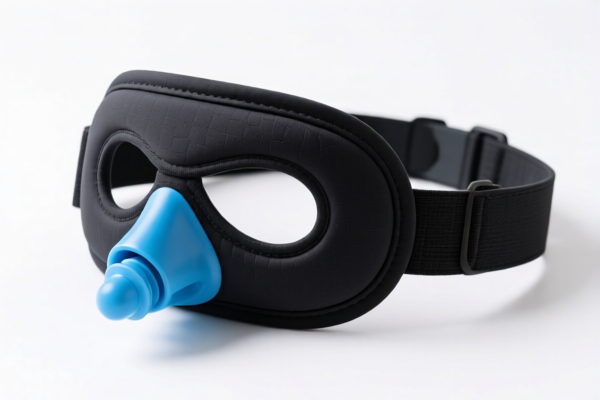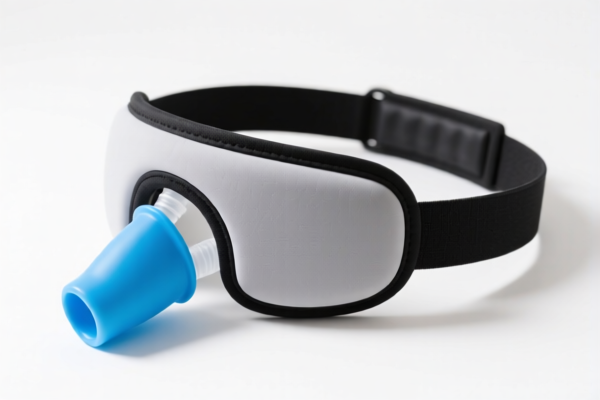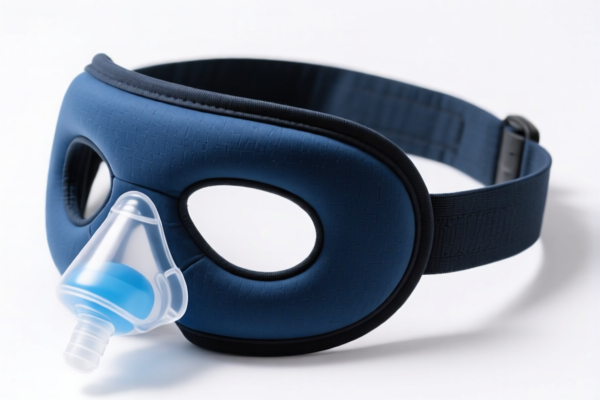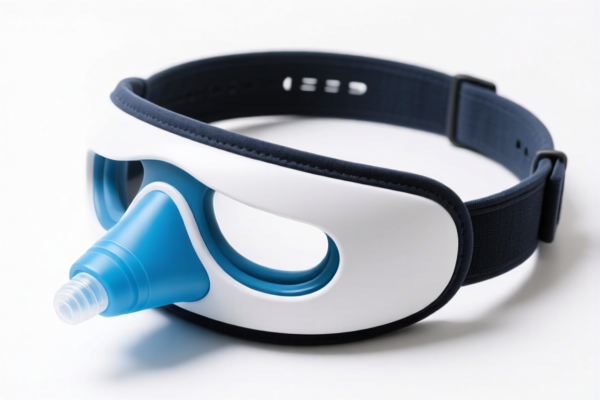| HS Code | Official Doc | Tariff Rate | Origin | Destination | Effective Date |
|---|---|---|---|---|---|
| 9021400000 | Doc | 30.0% | CN | US | 2025-05-12 |
| 9021908100 | Doc | 30.0% | CN | US | 2025-05-12 |
| 6815994170 | Doc | 55.0% | CN | US | 2025-05-12 |
| 6815994110 | Doc | 55.0% | CN | US | 2025-05-12 |
| 9503000090 | Doc | 30.0% | CN | US | 2025-05-12 |
| 9503000071 | Doc | 30.0% | CN | US | 2025-05-12 |
| 3924905650 | Doc | 40.9% | CN | US | 2025-05-12 |
| 3924900500 | Doc | 40.6% | CN | US | 2025-05-12 |
| 6506910060 | Doc | 55.0% | CN | US | 2025-05-12 |
| 6506996000 | Doc | 63.5% | CN | US | 2025-05-12 |
| 6507000000 | Doc | 55.0% | CN | US | 2025-05-12 |




Anti-Snoring Devices
Anti-snoring devices are products designed to reduce or eliminate snoring. Snoring occurs when airflow is obstructed during sleep, causing a rattling sound. These devices work through a variety of mechanisms, aiming to keep the airway open and facilitate smoother breathing.
Materials
A range of materials are employed in the construction of these devices, impacting comfort, durability, and cost:
- Silicone: Commonly used for nasal devices and mandibular advancement devices (MADs) due to its flexibility and biocompatibility.
- Thermoplastic Polymers: Often found in custom-fit MADs, allowing for molding to the user's teeth for a secure and personalized fit.
- Acrylic: Used in some custom-fit MADs, providing a rigid structure.
- Plastic/ABS: Found in some chin straps and external nasal dilators.
- Metal (Stainless Steel): Occasionally used in the construction of more robust chin straps or components of MADs.
Purpose & Function
The primary purpose is to mitigate or eliminate snoring, improving sleep quality for both the user and their sleep partner. Functionality varies by device type:
- Airway Expansion: Many devices aim to physically widen the airway.
- Tongue Stabilization: Some devices prevent the tongue from collapsing into the airway.
- Jaw Repositioning: MADs move the lower jaw and tongue forward, increasing the space in the throat.
- Nasal Passage Opening: Nasal devices work to open nasal passages for improved airflow.
Usage Scenarios
- Mild to Moderate Snoring: Most devices are effective for individuals with mild to moderate snoring.
- Occasional Snoring: Suitable for those who snore intermittently due to factors like allergies or sleeping position.
- Travel: Compact devices are convenient for use while traveling to ensure restful sleep.
- Partners Disturbed by Snoring: Devices benefit both the snorer and their partner by reducing noise disruption.
- Individuals Seeking Non-Invasive Solutions: These devices offer an alternative to surgical interventions.
Common Types
- Nasal Strips: Adhesive strips applied to the outside of the nose to widen nasal passages. They are inexpensive and easy to use, but may not be effective for all types of snoring.
- Nasal Dilators: Internal devices inserted into the nostrils to physically open nasal passages. Available in reusable and disposable forms.
- Mandibular Advancement Devices (MADs): Custom-fit or boil-and-bite devices that reposition the lower jaw forward during sleep. They are generally more effective than nasal devices, but require a proper fit and can cause jaw discomfort.
- Tongue Retaining Devices (TRDs): Devices that hold the tongue forward to prevent it from blocking the airway. They can be less comfortable than MADs and may cause gagging.
- Chin Straps: Straps that support the chin to keep the mouth closed during sleep, preventing the tongue from falling back. They are often used in conjunction with other devices.
- Positional Therapy Devices: Devices, often worn on the back, that discourage sleeping on the back, as back sleeping can exacerbate snoring.
- Smart Anti-Snoring Devices: Wearable devices that detect snoring and gently vibrate or adjust the user’s position to open the airway.
Anti-snoring devices fall under several potential classifications depending on their specific nature. Here's a breakdown of relevant HS codes based on the provided information:
- 9021.40.00.00: This code covers orthopedic appliances, including devices worn or carried to compensate for a defect or disability. Anti-snoring devices that function as medical appliances to address a physiological issue (snoring) could be classified here. The total tax rate is 30.0%, with a base tariff of 0.0%, an additional tariff of 0.0%, and an additional tariff of 30.0% after April 2, 2025.
- 9021.90.81.00: This code covers "Other" orthopedic appliances, including those worn or carried to compensate for a defect or disability. If the anti-snoring device doesn't fit neatly into the more specific categories within 9021.40.00.00, it may fall under this broader classification. The total tax rate is 30.0%, with a base tariff of 0.0%, an additional tariff of 0.0%, and an additional tariff of 30.0% after April 2, 2025.
- 3924.90.56.50: This code covers "Other" tableware, kitchenware, other household articles and hygienic or toilet articles, of plastics. If the anti-snoring device is made of plastic and considered a hygienic or toilet article, this code may apply. The total tax rate is 40.9%, with a base tariff of 3.4%, an additional tariff of 7.5%, and an additional tariff of 30.0% after April 2, 2025.
Important Considerations:
- The classification of anti-snoring devices is highly dependent on their material composition and intended use.
- If the device is made of plastic, verify the specific type of plastic used, as this may affect classification.
- If the device is marketed as a medical appliance, documentation supporting this claim may be required for customs clearance.
Customer Reviews
No reviews yet.